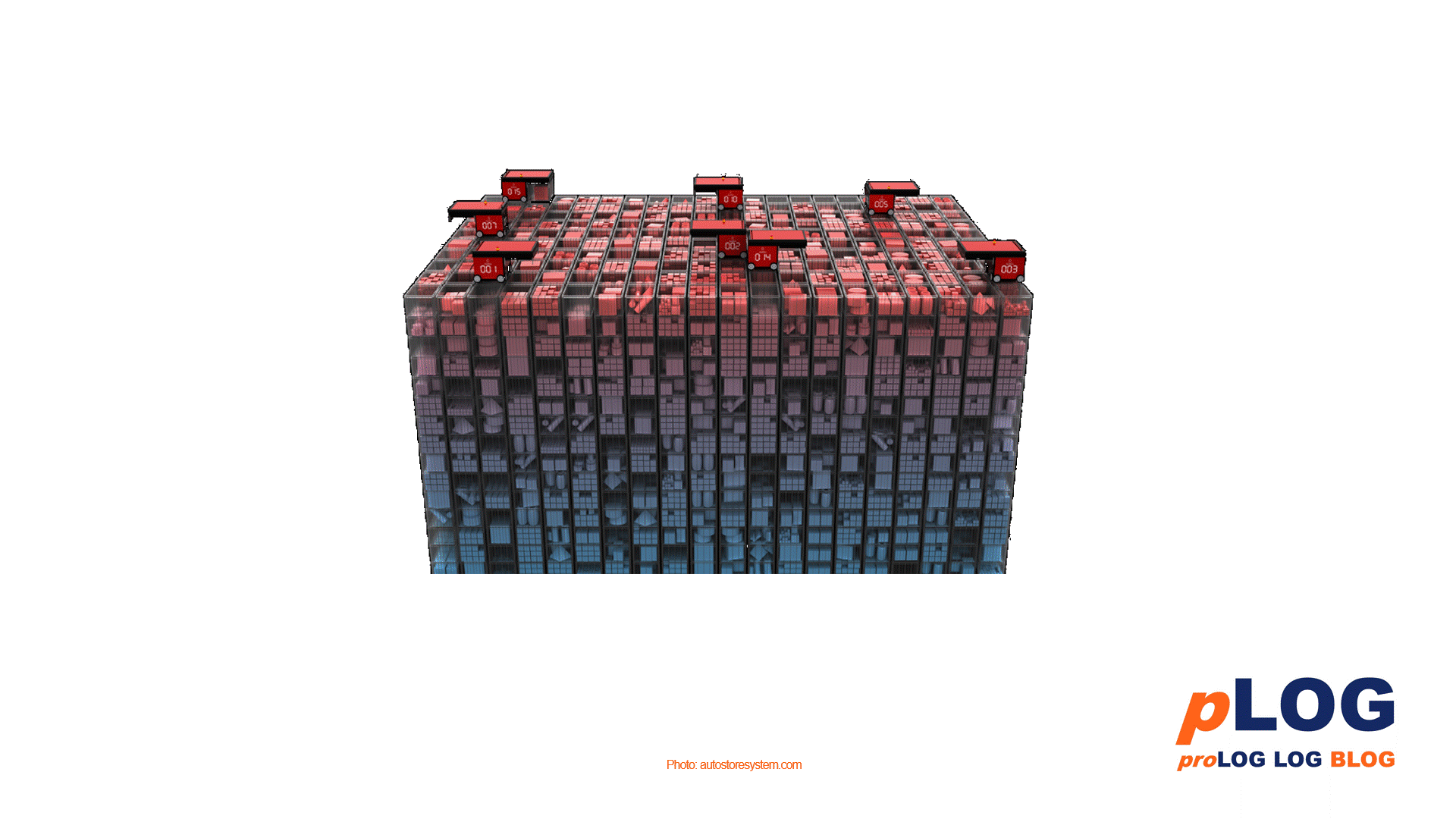
We often discuss in logistics and supply chain which “technique” or which “technology” or which “system” will bring the decisive breakthrough for our future logistics environments or distribution centres. Attempts are made to “standardise” at the level of technology selection and decision-making.
Again and again proLOG was confronted with such or similar questions. Convincing decision-makers with an integrated “holistic” approach is succeeding more and more often and more quickly. In particular, it is quickly demonstrated that only insignificant drivers of such an evaluation are found at the level of highly competitive system technology. The costs and thus the overall economic efficiency are mainly influenced by how well organisational processes are adapted to such systems and how precisely they can be implemented in the information systems.
In addition, how a project can be implemented in the course of its duration within given spaces and organisations and how it is positioned in the organisation or building scenarios, for example, and what migration looks like, plays a very significant role. Often this is the main factor that determines technical or economic feasibility or introduces incalculable risks into the decision-making process.
It is very important not only to make a decision for a system, but also to consider what happens in the environment of this system. Replenishment processes and quanta are in many cases decisive for economic efficiency. Sometimes it also plays a significant role whether an article is always required in homogeneous handling quantities or whether there is a demand for both large quantities and small quantities. It does not always make sense to map both together in the same system. Does the user whose business is always and always “average” really exist?
It is not uncommon for projects to show that the pitfalls of an economic efficiency analysis lie on completely different levels than the technical level. Of course, a technology in itself must have a certain economic viability and market maturity (maturity), but this is more or less given with all generally known technologies that are established on the market, a hygiene factor, so to speak. Technologies that do not achieve sufficient maturity typically disappear in the highly competitive intralogistics environment after an initial hype, while others continue to develop.
Technologies become particularly interesting when both the components they consist of and the applications and integration can be standardised, but without limiting the diversity of applications and conceptual possibilities.
A generally very well known example of this is AutoStore. For this very reason, it is important with this system to optimally use the strengths of the system and to clearly work out, for example, how to deal with parts of the article spectrum that naturally do not fit into the system due to the standardised container size or also access to large manipulation quantities of small and large parts that, from a technical point of view, could definitely still be handled in containers.
This leads purposefully to a holistic approach and perhaps in some cases to additional technical concept modules or additional (manual) areas and processes. It always has to be weighed up when it is worthwhile to open up another process strand and when it is more economical to “pull along” an article spectrum, even if the process in question is not optimal for this.
With AutoStore it is also very clearly recognisable that no attempt is made, and not even thought about, to change the clear positioning in the area of small load carriers (imagine an AutoStore for EUR pallets …), but that the containers, for example, are permanently standardised – an idea which, if thought through to its conclusion, makes universal compatibility, flexibility and expandability over observation periods of sometimes decades possible in the first place … Rather, the system is consistently standardised much further and supplemented to generate itself faster, better, easier, more productively and more generically in its environment.
